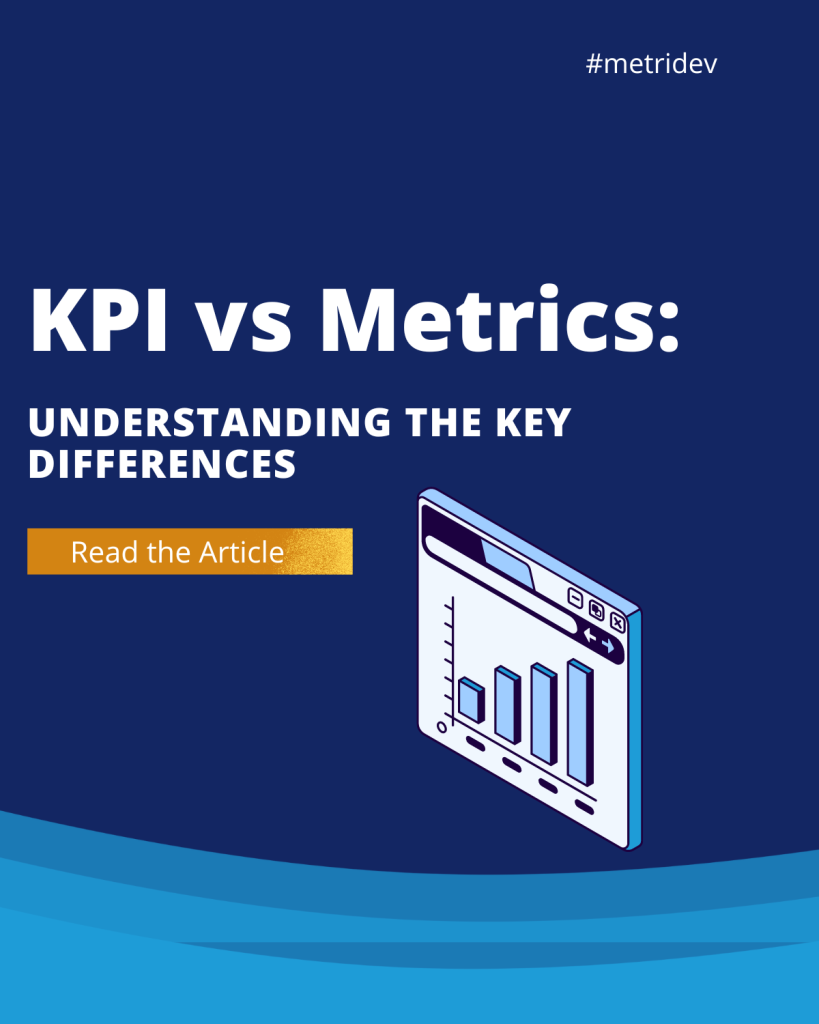Introduction
In software development, test coverage metrics play a vital role in measuring how extensively a software application undergoes testing. These metrics provide insights into evaluating effectiveness and highlight areas lacking sufficient coverage. Quantifying test coverage helps developers make informed decisions, prioritizing testing efforts accordingly. In this article, we will delve into what these metrics are, how they are quantified, their significance in software development, commonly used metrics, best practices, challenges, and tools for measuring it.
What is Test Coverage Metrics?
Test coverage metrics measure the extent to which a set of test cases has exercised a software application. They determine the effectiveness of the testing process by offering insights into which parts of the application the tests have covered and which parts they have left untested. Expressing these metrics typically involves representing the covered code or functionality as a percentage. This indicates the proportion addressed by the test cases. The higher the test coverage percentage, the greater the confidence in the software’s reliability and stability.
How Do You Quantify Test Coverage?
To quantify test coverage, software developers utilize various metrics that measure the coverage of different aspects of the software, such as statements, branches, functions, and lines of code. These metrics quantitatively measure the thoroughness of code testing. By analyzing the coverage metrics, developers can pinpoint areas within the code that necessitate additional evaluating. This way the ensure that all critical parts of the software receive adequate exercise.
What is Coverage Testing in Software Testing?
Coverage testing, a technique employed in software testing, determines the extent to which a program’s source code has been executed. Its objective is to guarantee the comprehensive testing of all code elements, encompassing statements, branches, functions, and conditions. By identifying areas within the code that have not been exercised by the test cases, coverage testing empowers developers to write additional tests, ensuring thorough coverage of the entire codebase. This technique is crucial for improving the overall quality of the software.
Why Test Coverage Metrics are Important in Software Development
Test coverage metrics play a crucial role in software development for several reasons. Firstly, they provide an objective measure of the testing process, allowing developers to assess the completeness of their tests. High test coverage percentages indicate that developers have tested a substantial portion of the code. This way they boost confidence in the software’s reliability. Additionally, these metrics assist in identifying areas of the code that lack adequate testing, enabling developers to prioritize testing efforts and allocate resources effectively. Additionally, these metrics can track the progress of their testing efforts over time and make data-driven decisions about code quality.

Commonly Used Test Coverage Metrics
Several commonly used test coverage metrics help quantify the extent of code coverage in software testing. These metrics include statement coverage, branch coverage, function coverage, and line coverage.
Statement coverage, which measures the percentage of executed statements in the code by the evaluate cases. It also provides a basic indicator of code coverage but may not guarantee the evaluating of all possible scenarios. Branch coverage, on the other hand, gauges the percentage of exercised branches in the code by the evaluate cases. It ensures the testing of both true and false branches in conditional statements and enhancing the thoroughness of the testing process.
Function coverage evaluates the percentage of executed functions or methods in the code by the evaluate cases, contributing to the assurance that all functions are thoroughly tested, and any potential issues within these functions are identified. Line coverage, in its measurement of the percentage of executed lines of code by the evaluate cases, serves as another dimension in assessing the comprehensiveness of the evaluating process.
How Do You Measure Test Coverage in Agile?
In Agile software development, measuring test coverage becomes even more critical due to the iterative nature of development. Continuous integration and delivery require regular testing to ensure the stability and quality of the software. To measure test coverage in Agile, developers can leverage automated evaluating tools that provide real-time coverage reports. These tools integrate with the Agile development process, allowing developers to monitor these metrics throughout the development lifecycle. By continuously measuring it, development teams can identify any gaps in coverage and address them promptly, ensuring the software meets the desired quality standards.
How Do You Write a Test Coverage Report?
Writing a test coverage report involves summarizing the these metrics and presenting them in a clear and concise manner. The report should include information about the percentage of coverage achieved for each metric, such as statement coverage, branch coverage, function coverage, and line coverage. Additionally, it should highlight any areas of the code that have not been adequately tested and provide recommendations for improving test coverage. These report serves as a valuable tool for communicating the effectiveness of the testing process to stakeholders and facilitating informed decision-making.
What is the Test Coverage Criteria?
The test coverage criteria refer to the minimum acceptable level of test coverage that developers aim to achieve. It is essential to establish these criteria based on the specific requirements and complexity of the software. The criteria may vary depending on the industry standards, regulatory requirements, and project goals. By defining clear and realistic criteria, developers can ensure that the software meets the desired quality standards and is adequately evaluated.
Best Practices
To effectively utilize test coverage metrics, developers should consider the following best practices:
1. Define clear goals: Establish specific goals based on the project requirements and complexity of the software. This helps ensure that the testing efforts are focused and aligned with the desired quality standards.
2. Prioritize critical areas: Identify critical areas of the code that require thorough testing and allocate resources accordingly. Prioritizing the testing efforts based on the impact and risk associated with different parts of the code helps optimize the testing process.
3. Combine multiple coverage metrics: Instead of relying solely on a single coverage metric, consider using multiple metrics to gain a more comprehensive view of the code coverage. Combining metrics such as statement coverage, branch coverage, function coverage, and line coverage provides a holistic understanding of the evaluating efforts.
4. Automate test coverage measurement: Leverage automated evaluating tools that provide real-time coverage reports to streamline its measurement. Automation helps save time and ensures accurate and consistent coverage measurement throughout the development process.
5. Regularly review and update: Test coverage should be an ongoing process that evolves with the software development lifecycle. Regularly review and update the these metrics as the software evolves, and new features and functionalities are added.
Challenges and Limitations
While test coverage metrics offer valuable insights into the testing process, they also have certain limitations. One limitation is that high coverage percentages do not necessarily guarantee the absence of bugs or issues in the software. These metrics only measure the extent of code execution and do not consider the quality or correctness of the tests. Additionally, achieving 100% test coverage may not always be feasible or practical, especially in complex software systems. Another challenge is that these metrics do not account for the quality of the test cases or their ability to detect defects effectively. Therefore, it is essential to supplement them with other evaluating techniques, such as exploratory testing and user acceptance testing, to achieve comprehensive software quality assurance.
Tools for Measuring these metrics
Various tools are available to measure test coverage in software development. These tools integrate with different programming languages and frameworks, providing developers with comprehensive coverage reports. They offer features such as highlighting untested code, generating coverage reports in different formats, and integrating with build systems. When selecting a tool for measuring test coverage, consider factors such as compatibility with the programming language, ease of integration, and the level of detail provided in the coverage reports.
What is the Formula for Test Coverage?
The formula for test coverage depends on the specific coverage metric being used. However, in general, the formula is:
Test Coverage = (Number of Covered Items / Total Number of Items) * 100
The term “Number of Covered Items” denotes the elements of the code that the tests have examined, including statements, branches, functions, or lines of code. The “Total Number of Items” signifies the overall count of elements in the code that the tests could cover. By applying this formula to each coverage metric, developers can calculate the corresponding percentage.
Incorporating Test Coverage Metrics into Your Software Testing Process
To incorporate these metrics into your software testing process effectively, follow these steps:
1. Establish coverage goals: Define clear coverage goals based on the project requirements and complexity of the software.
2. Select appropriate coverage metrics: Choose the most relevant coverage metrics based on the characteristics of the code and the desired level of evaluating.
3. Implement automated testing tools: Integrate automated evaluating tools into your development process to measure coverage metrics in real-time.
4. Analyze coverage reports: Regularly review and analyze the coverage reports to identify areas that require further evaluating.
5. Iteratively improve test coverage: Continuously improve it by adding new evaluate cases and updating existing ones based on the insights gained from coverage reports.
Conclusion
Test coverage metrics are a crucial component of software development. They provide insights into the effectiveness of testing efforts and help ensure the quality of the software. Quantifying test coverage through metrics such as statement coverage, branch coverage, function coverage, and line coverage enables developers to identify areas of the code that require further evaluating. They can prioritize testing efforts accordingly. Despite these metrics having limitations, when combined with other evaluate techniques and best practices, they contribute to achieving comprehensive software quality assurance. Incorporating these metrics into the software evaluating process and regularly reviewing coverage reports allows developers to enhance the reliability, stability, and overall quality of their software.
If you want to learn more about metrics and how to incorporate them into your software development process, read our article about Software Development Metrics
IT METRICS TO BECOME AN EXPERT















Leave a Reply